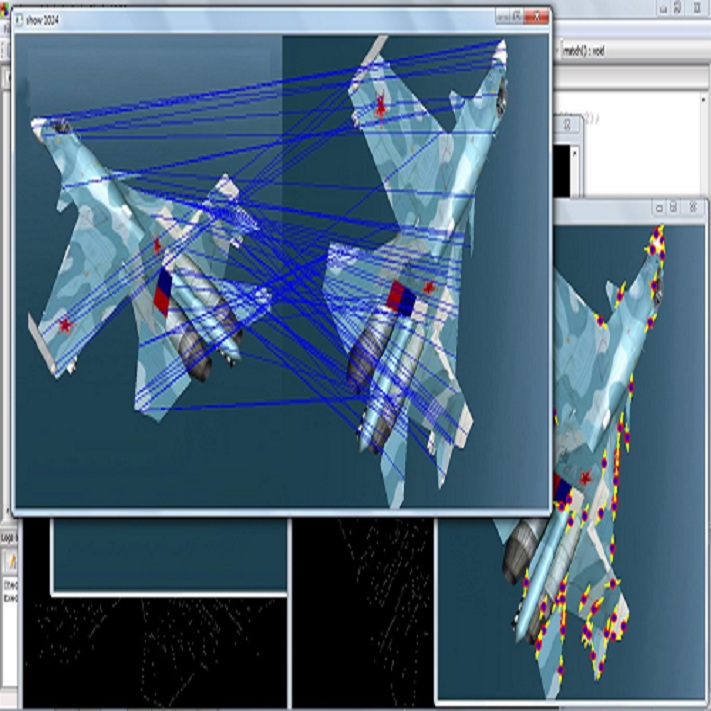Biomechanical modelling of soft tissue provides a non-data-driven method for constraining medical image registration, such that the estimated spatial transformation is considered biophysically plausible. This has not only been adopted in real-world clinical applications, such as the MR-to-ultrasound registration for prostate intervention of interest in this work, but also provides an explainable means of understanding the organ motion and spatial correspondence establishment. This work instantiates the recently-proposed physics-informed neural networks (PINNs) to a 3D linear elastic model for modelling prostate motion commonly encountered during transrectal ultrasound guided procedures. To overcome a widely-recognised challenge in generalising PINNs to different subjects, we propose to use PointNet as the nodal-permutation-invariant feature extractor, together with a registration algorithm that aligns point sets and simultaneously takes into account the PINN-imposed biomechanics. The proposed method has been both developed and validated in both patient-specific and multi-patient manner.
翻译:软组织的生物机能建模为限制医学图像登记提供了一种非数据驱动的方法,因此,估计的空间变异在生物物理上是可信的,不仅在现实世界临床应用中采用,如前列腺干预前列腺的MR-至超声波注册,而且还提供了理解器官运动和空间通信结构的可解释手段。这项工作将最近提出的物理知情神经网络(PINNs)立即转化为3D线性弹性模型,用于模拟在超声波引导程序期间常见的前列腺运动。为了克服在将PINNs推广到不同主题方面广泛公认的挑战,我们提议使用PointNet作为交替-异变异性特征提取器,同时使用一个对点设置进行调整并同时考虑到PINN所施加的生物机械的登记算法。拟议方法已经在病人和多病人两种特定方式中得到开发和验证。





